FISHING REPORT: Flipper might take the bait, but not the hook; dolphin encounters rare
The longtime local angler was slightly taken aback by the question: Have you ever hooked a bottlenose dolphin?
“No, I haven’t. But then again, I’ve only been fishing these waters for 65 years.”
That answer begged for some follow-up informal polling, and the answer was mostly an echo.
“No.”
“No.”
“No.”
You get the point.
“I don’t know how they know, they just know,” says local Capt. Billy Pettigrew, who’s been tossing lines from boats since he was a toddler — 37 years total.
Good thing they know, it turns out.
“I have a buddy who accidentally snagged one once,” Pettigrew says. “He told me it peeled off nearly 200 yards of line in less than three seconds.”
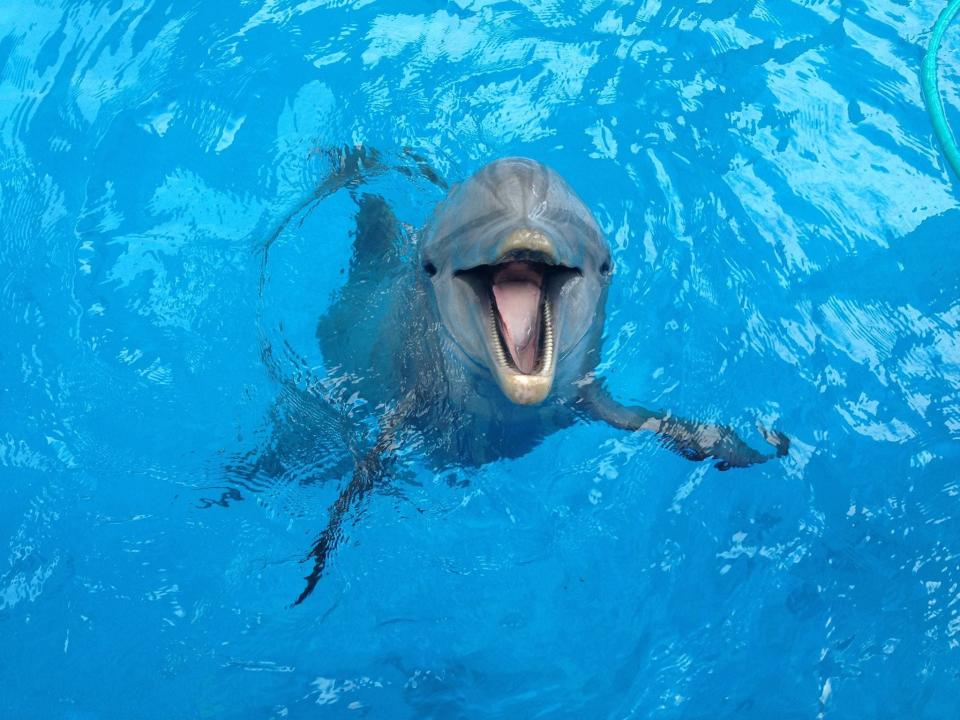
SNOOK SEASON: Reds limited but Snook back in play for Halifax, Indian River, Ponce Inlet
FISHBITES: The idea for Fishbites began with young Billy Carr in New Smyrna Beach
Cody Moore, owner-operator of New Smyrna Outfitters, is among the local anglers who has had the rare and unwanted dolphin hookup, both offshore and in the Indian River.
“Offshore, I had one eat a naked large ballyhoo,” he says. “He pulled off about 600 yards of line and broke off at the spool in about 10 seconds. In the lagoon, I had one eat a pigfish and do the same on a spinning rod.
“Dolphin seem to be pretty smart and I believe they have great eyesight. Many times you'll fight a fish for several minutes with the dolphin all around but not touching it. As soon as you land the fish, unhook and release it, the dolphin eats it.”
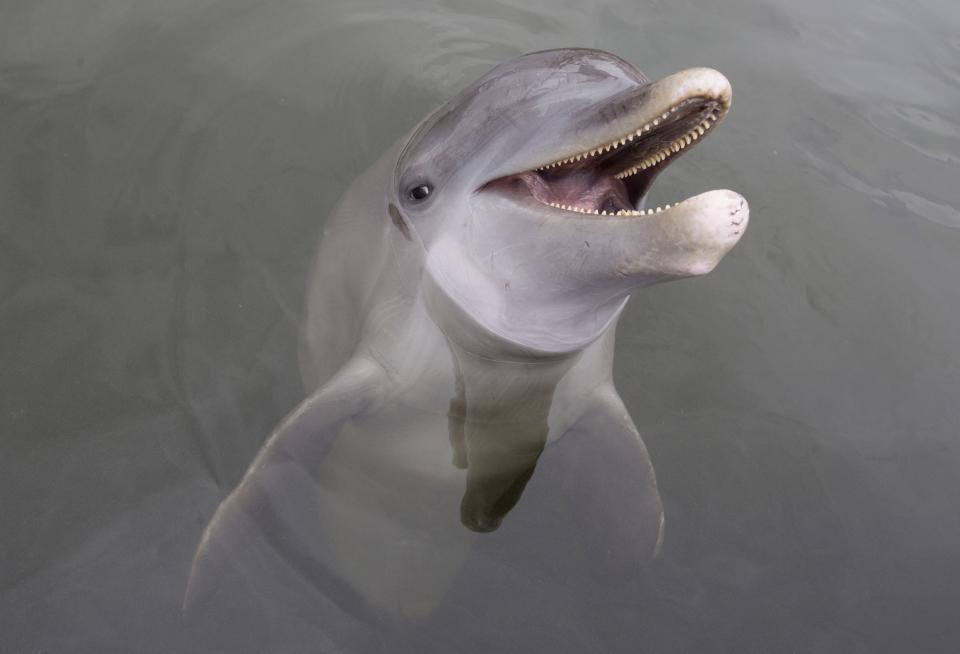
Before moving on, let’s digress. The bottlenose dolphin and porpoise are different animals, though closely related. The most noticeable difference is that bottlenose.
Some anglers like to call them all porpoises, sometimes in order to differentiate “Flipper” from the offshore delicacy Mahi-mahi, which is technically known as the dolphinfish.
Over time, as the dolphinfish continued showing up in markets and menus, often with its name shortened to dolphin, good sense prevailed and “Mahi” was born. Fewer people are freaked out that way.
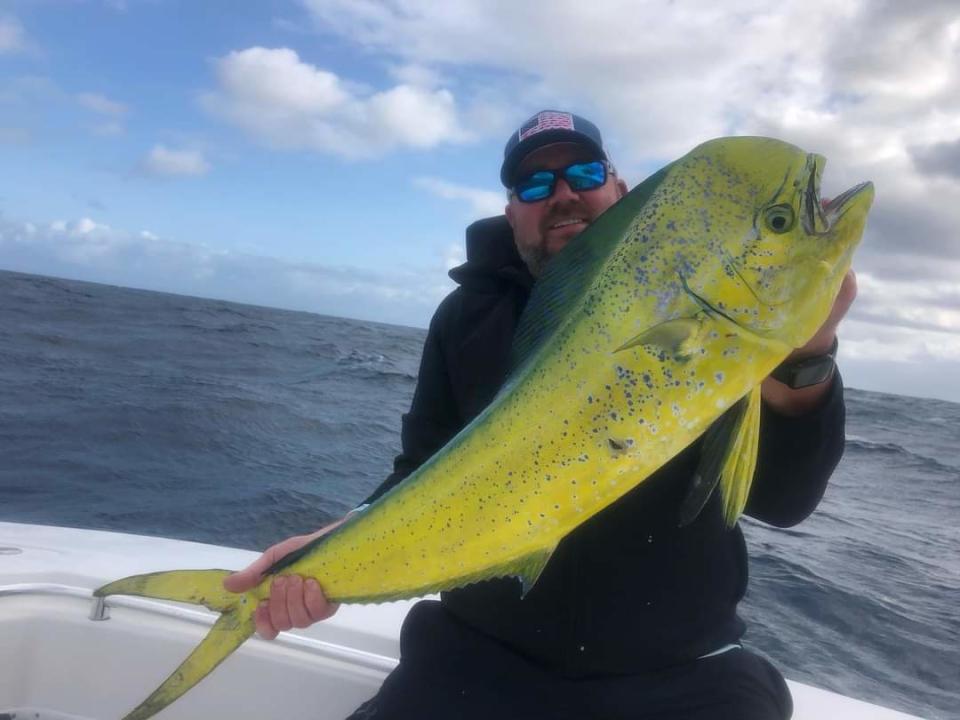
Now, back to our fellow mammal, who might sometimes creep you out with their intelligence.
Pettigrew tells of many night-fishing trips, anchored about 20 feet from dock lights off the intracoastal. Off one side of his boat, the dock lights, with a colony of trout and/or snook below. Off the other side, where it’s darker, one or more dolphin.
Whenever Pettigrew would catch an undersized fish, he’d toss it to the dolphin side of his boat. If he went too long without offering up anything, he swears, a dolphin — seemingly angered — would rush around his boat and under the dock, shooing away all the fish.
“If I wasn’t feeding them, they’d run through the dock light and scare everything away,” he says. “They knew how to make me feed them. And they’re more bold at night. They’ll sit there, five feet away from my boat, all night long.”
Capt. Jeff Patterson, who operates his Pole Dancer charter, says most of his interactions come as he’s removing a fish from the hook and preparing to toss it back.
“It’s an easy meal at that point, considering the fish is usually pretty worn out,” he says. “All I can come up with is that they must see the line, which is pretty incredible considering how thin it is — I’m using braided line compatible to 8-to-10 pound monofilament diameter.
“The only other possibility I wonder about is them noticing a fish acting frantically when it’s being reeled in, and they can tell something is just not right.”
Or, maybe, it’s just the basics.
“Apparently, there are at least a few factors involved,” Patterson says, “but what it comes down to is, dolphins are very smart mammals.”
Many studies says the dolphin's brain size-to-body-weight is second only to us. OK, most of us.
To hear some of the stories, it makes you glad they don’t have legs and thumbs. They’d overrun us within weeks.
Halifax/Indian River: Snook, redfish active around Ponce Inlet and inshore
Capt. Jeff says fishing has been excellent around the inlet and just outside of it
“Lots of redfish, snook and mangrove snapper,” he says. “I’ve been using live shrimp and finger mullet and doing great.”
Tarpon are enjoying bait pods closer to shore, he adds.
Friday and Saturday, and perhaps into Sunday, however, you might want to avoid venturing east, into and through Ponce Inlet. Conditions are looking dicey for smaller craft after several days of good forecasts, especially early-day.
Throughout the lagoon, “I’ve been seeing everyone catching big snook, both slot and over slot, in the river at docks and bridges since the season opened,” Capt. Jeff adds.
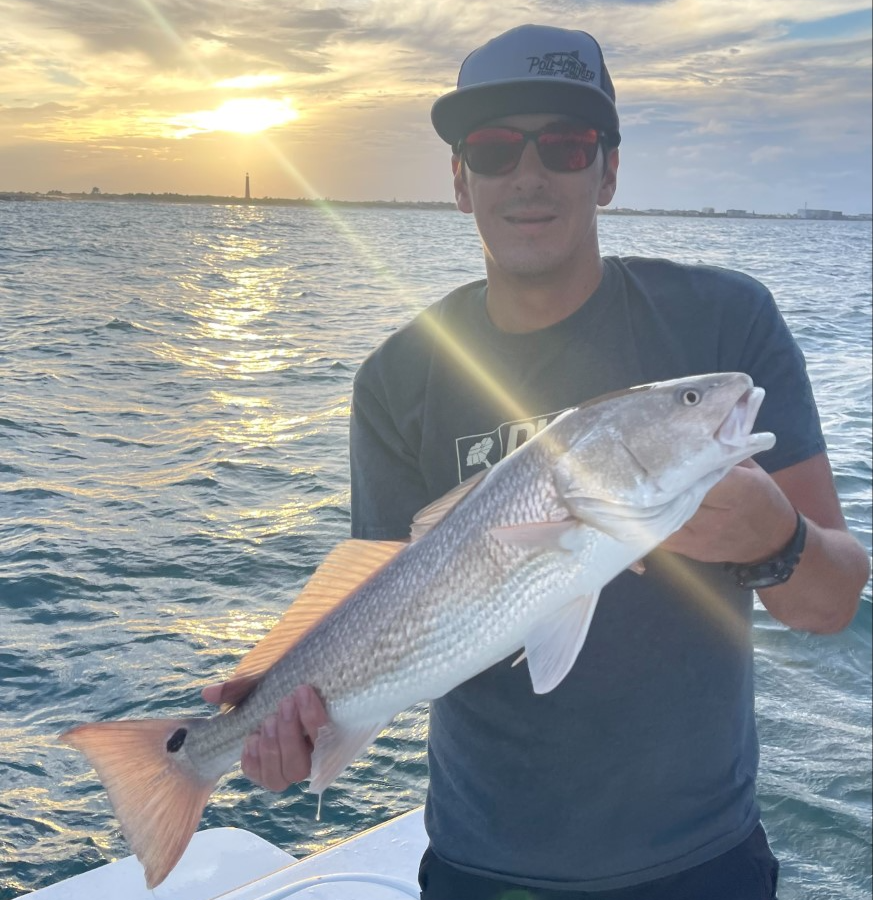
Up in the Daytona Beach area, Gene Lytwyn (The Fishin’ Hole) is also getting reports of snook around the bridges, along with ladyfish, sheepshead and “a few trout.” And mangroves, of course.
All of the above, as well as some black drum around the Granada Pier, says the pier’s bait-shop operator, Ike Leary.
Upriver a bit, in the Tomoka Basin, Capt. Barry Englehardt says reds are currently favoring gold spoons and assorted surface lures. He’s using shrimp and mud minnows to find the mangroves, while into the Tomoka he’s finding ladyfish.
Surf/Piers: Surf fishing improves; pier is heating up too
In the surf, says Gene Lytwyn, “good whiting, some blues, a few small pompano, occasional tarpon and reds.”
“The ocean pier is seeing more activity also,” he adds. “Reds, sheepshead, blues, black drum, sharks, rays, snook.”
St. Johns: Water level rising, as is the speck count
A month or so into life with a new baby, Capt. Bryn Adams is back at the helm of her family’s Highland Park Fish Camp in DeLand. And just in time to see decent water levels begin to return.
“Water levels are up and we’re seeing speckled perch (crappie) starting to come in,” she says. “Anglers have been catching them trolling in open water on Lake Woodruff using artificial jigs. The best catch I’ve seen so far is 20 fish brought in. It’s a little early for the season so we’re excited to see them already.
“Bass fishing is still fair if you can get out early. As the day heats up, the fishing slows down. Get out on the main St. Johns River and find that deeper water to really get after them.”
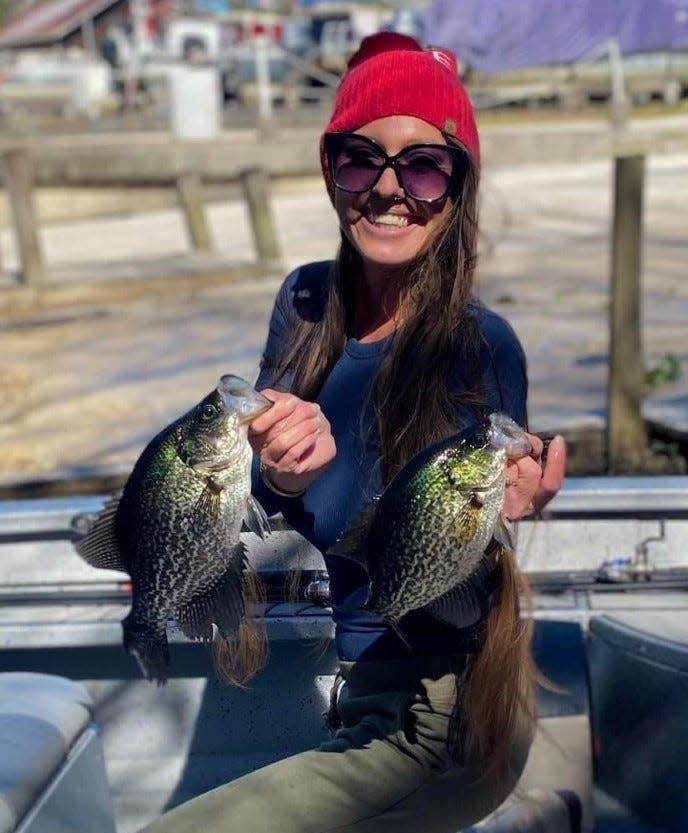
Save the Date: Everyone can learn to fish
The Halifax Sport Fishing Club has a couple of events coming up.
The annual “Kids Can Fish, Too” clinic is set for Saturday at the Sunglow Pier in Daytona Beach Shores.
It’s for kids 6-15 and includes instructions on every aspect of fishing. Gear is provided, and the first 50 kids registered get a free rod-and-reel.
Also, on Sept. 15 (next Thursday) at the club (3431 S. Ridgewood, Port Orange), the monthly meeting will include a free fishing clinic for anglers and would-be anglers of all ages.
For more info: HSFC.com.
Hook, Line & Clicker: Send us your fish pics
We want to see your most recent catch. Email your fish photos to ken.willis@news-jrnl.com.
Please include first and last name of angler(s), as well as type of fish (we're occasionally stumped). All are included with our online fishing report, and some occasionally make the print edition.
Do I need a fishing license?
You can find all the license info, including exemptions, on Florida's Fish and Wildlife Commission website: MyFWC.com. But the basics are:
No: If you're 65 or older, 15 or younger, you don't need a license.
No: If you're fishing with a licensed guide or charter boat, both of which purchase commercial licenses that cover their customers.
Yes: Most everyone else, including visitors from other states.
Yes: Even if you're a shore-based angler (shoreline, dock, pier, bridge, etc.). However: The shore-based license is free . . . But: You still need to register for that free license.
Where do I get a license, and what does it cost?
Many bait shops sell licenses, as do the bigger retailers (Bass, Dick's, Walmart, etc.).
Florida's FWC uses a third-party site for buying or renewing fishing licenses: GoOutdoorsFlorida.com.
The cost: $17 for an annual license.
Don't forget: Whether you're fishing fresh or saltwater, you need the specific license. Freshwater and saltwater licenses are both $17 annually.
I'm here on vacation, do I need a fishing license?
Yes you do, and they're also available at GoOutdoorsFlorida.com or certain bait shops and big retailers.
Cost: $17 for three days, $30 for seven days, $47 for a year.
Also: Non-residents need to purchase that license even if they're just fishing from shoreline or shore-based structures. (Florida residents need that license, too, but they're free.)
This article originally appeared on The Daytona Beach News-Journal: Dolphins and fishermen: Familiar, but hookups rare | FISHING REPORT

